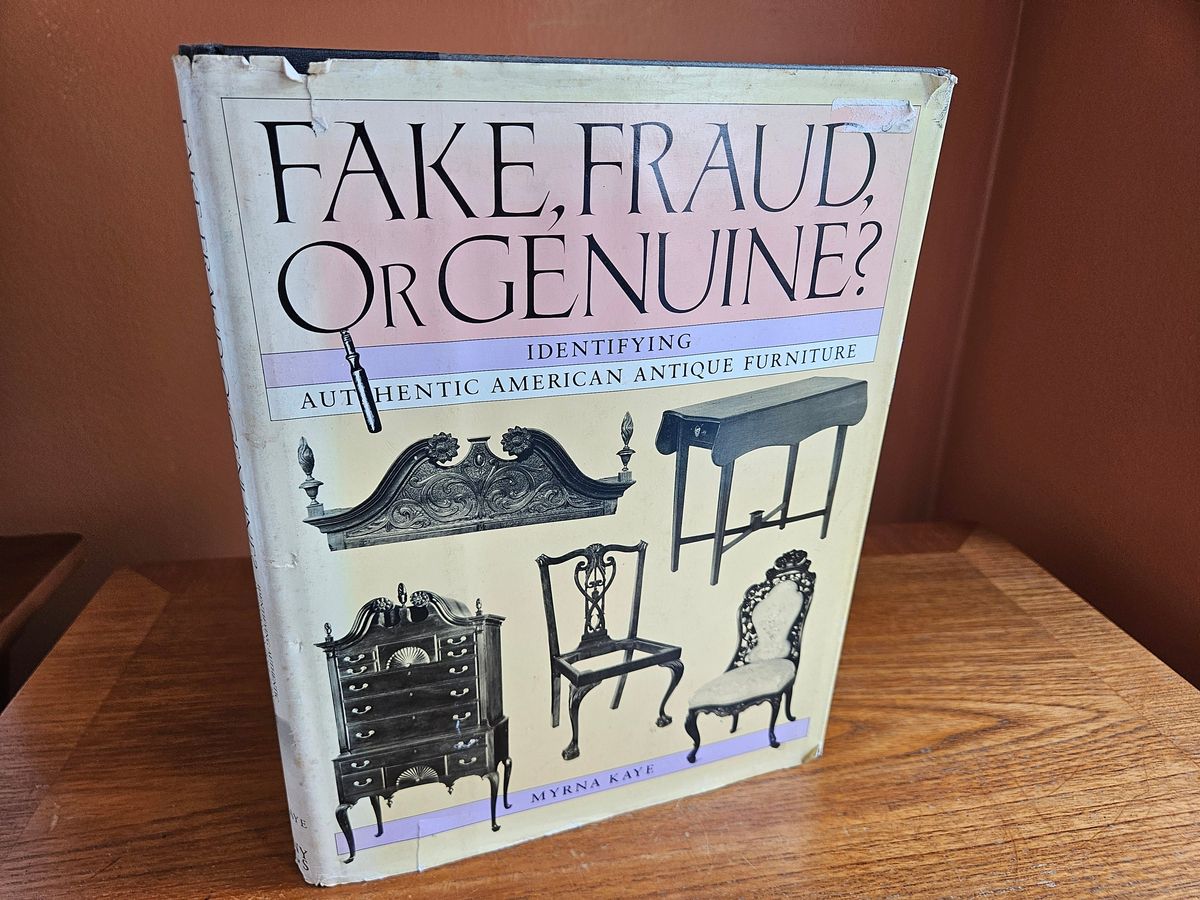How to Identify Genuine Antique Furniture

Recognizing Authentic Antique Furniture
Identifying genuine antique furniture is an essential skill for collectors, enthusiasts, and anyone interested in quality interior design. Understanding how to recognize authentic antiques ensures you make informed purchases, safeguard your investment, and appreciate the unique history behind each piece.
Recognizing Natural Patina and Age
The most noticeable feature of authentic antique furniture is its natural patina. Over time, wood develops a rich, warm surface due to exposure to light, air, and touch. This patina is rarely uniform; expect to see subtle color variations, gentle scuffs, tiny dents, and areas of fading where the piece has been handled most. These clues reveal genuine age and indicate a long journey through decades of use. Furniture that appears flawless, unmarked, and uniformly colored is likely new or recently restored, rather than truly antique.
Examining Joinery and Handcrafted Construction
Joinery provides meaningful clues in determining authenticity. Genuine antiques often feature dovetail joints, especially in drawers and corners, with each dovetail slightly different because they were cut by hand. Irregular, slightly uneven dovetails show the craftsman's unique touch—far removed from the precision of machine-made joints in modern furniture. In other structural areas, search for evidence of hand-planing, saw marks, and mild asymmetry, all hallmarks of traditional woodworking.

Inspecting Screws, Nails, and Hardware
Hardware is a reliable indicator of age. Authentic antique furniture uses hand-forged nails and screws, which tend to have irregular shafts, slightly off-center slots, and varying lengths. The heads of these fasteners may look less symmetrical than today's standardized hardware. Additionally, the surrounding wood may show gentle depressions, discoloration, or even traces of oxidation, all pointing to genuine age.
Understanding Veneers and Surface Finishes
Many antiques are made with beautifully crafted veneers using rare woods. In genuine old pieces, you may see some lifting or minor cracks in veneer, especially in areas exposed to moisture or changes in temperature. Traditional finishes such as shellac or French polish are common in antiques from the eighteenth and nineteenth centuries. These finishes have a subtle, warm glow, with occasional craze lines or unevenness. Modern reproductions often use hard lacquer or varnish, giving a glossier and more regular finish.
Searching for Maker’s Marks, Stamps, or Labels
Authentic antique furniture sometimes carries marks, stamps, or paper labels from the maker, merchant, or craftsman. These details are often located on the back, underside, or inside of drawers. True maker’s marks will themselves exhibit signs of age, such as partial fading or worn edges. However, be discerning: reproductions might display artificially aged or inauthentic labels, so check for consistency in font, material, and location.
Additional Tips for Identifying Authenticity
Studying the type of wood used can provide further clues. Traditional antiques were commonly made with hardwoods such as oak, walnut, and mahogany, often featuring denser grain and more substantial weight than their modern counterparts. Consistent wear patterns on handles, armrests, and edges also signal authentic use, while mismatched or random signs of distress may be intentionally added to mimic age.

Why Authentic Antique Furniture Matters
Understanding how to identify authentic antique furniture preserves your investment and contributes to a more sustainable approach to interior design. Authentic pieces are valued not only for their craftsmanship and durability but also for the lives and stories they represent. By selecting genuine antiques, you enrich your home’s character while supporting circular, eco-friendly retail practices.



Leave a comment